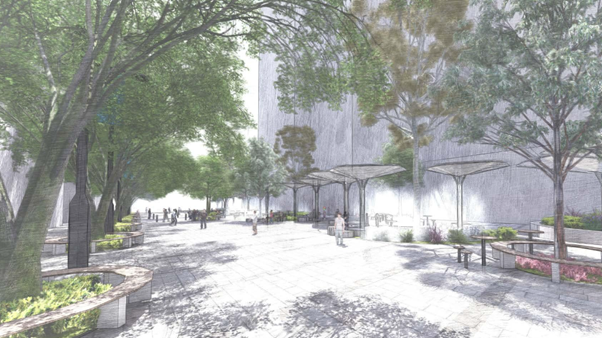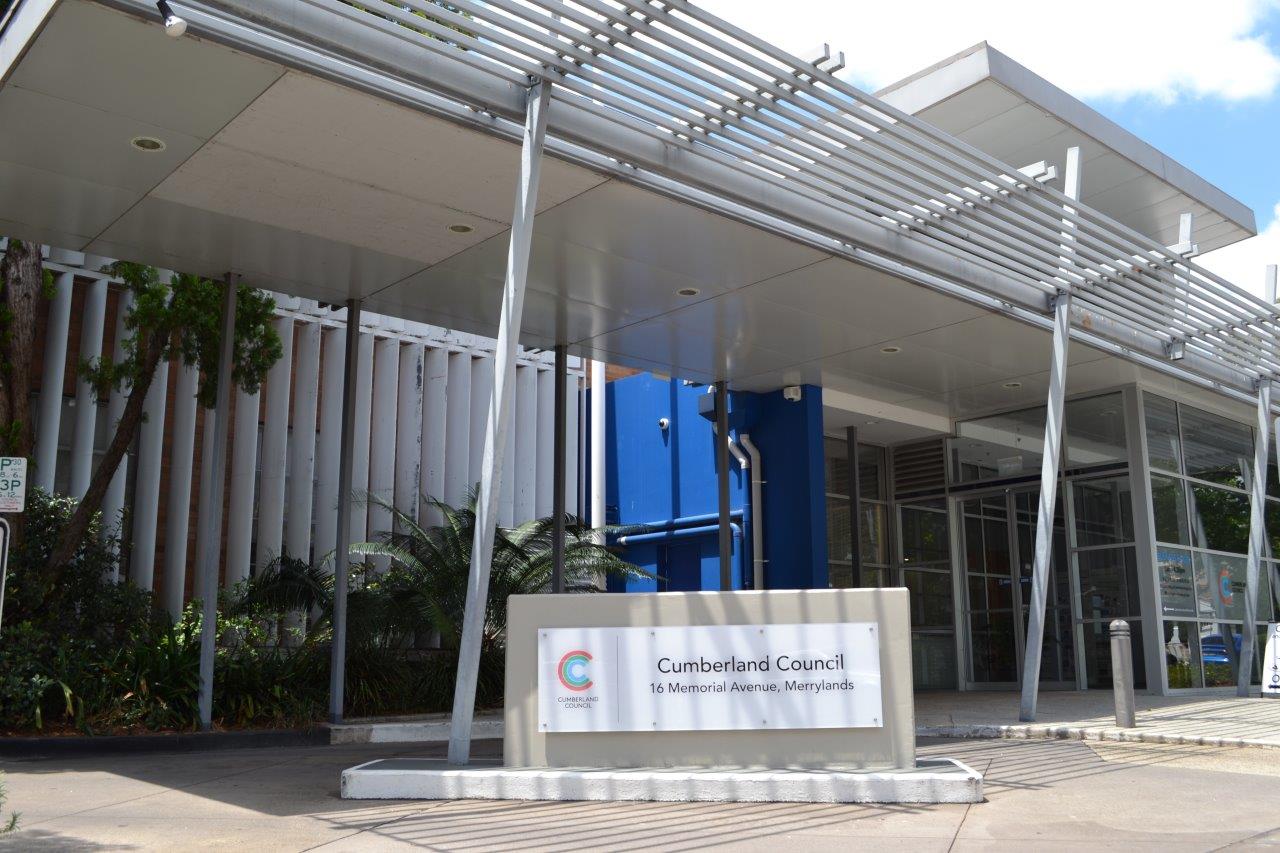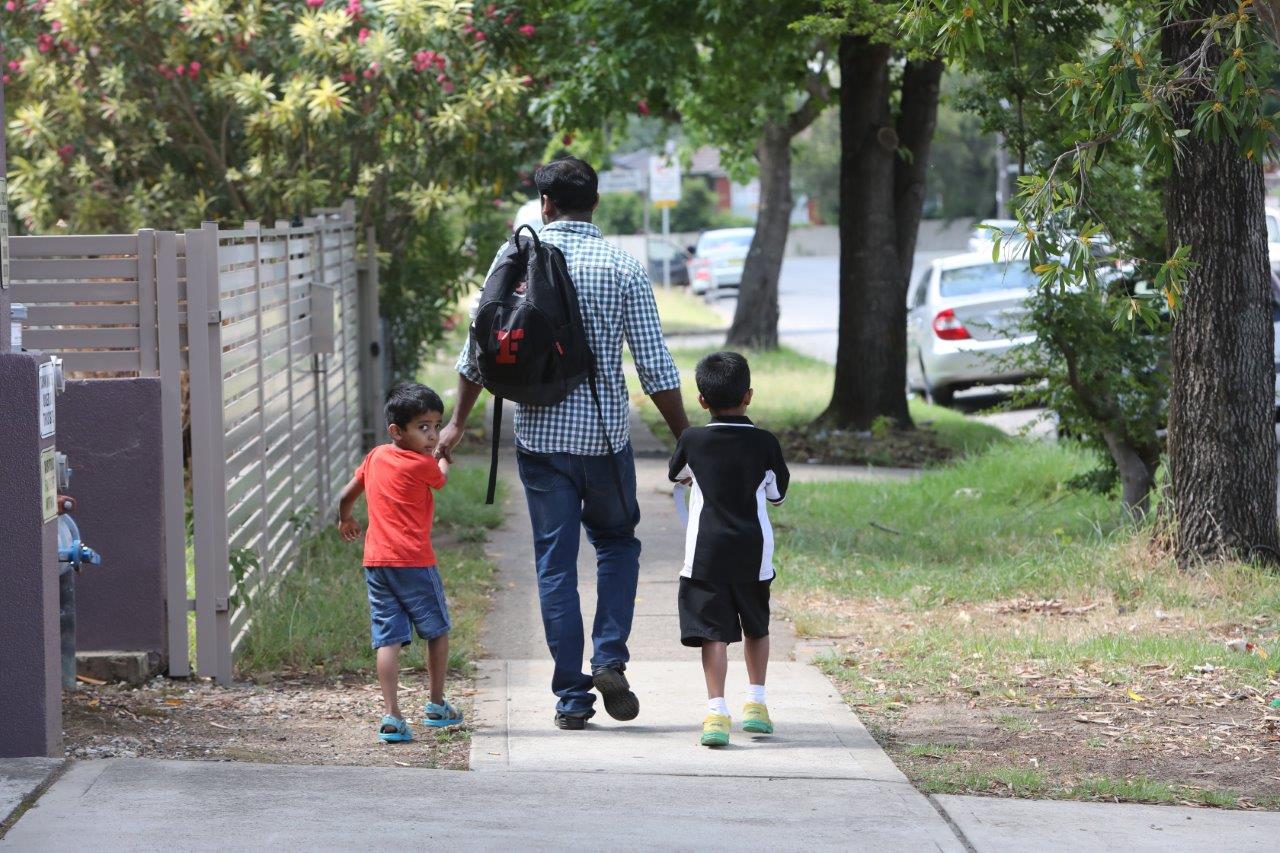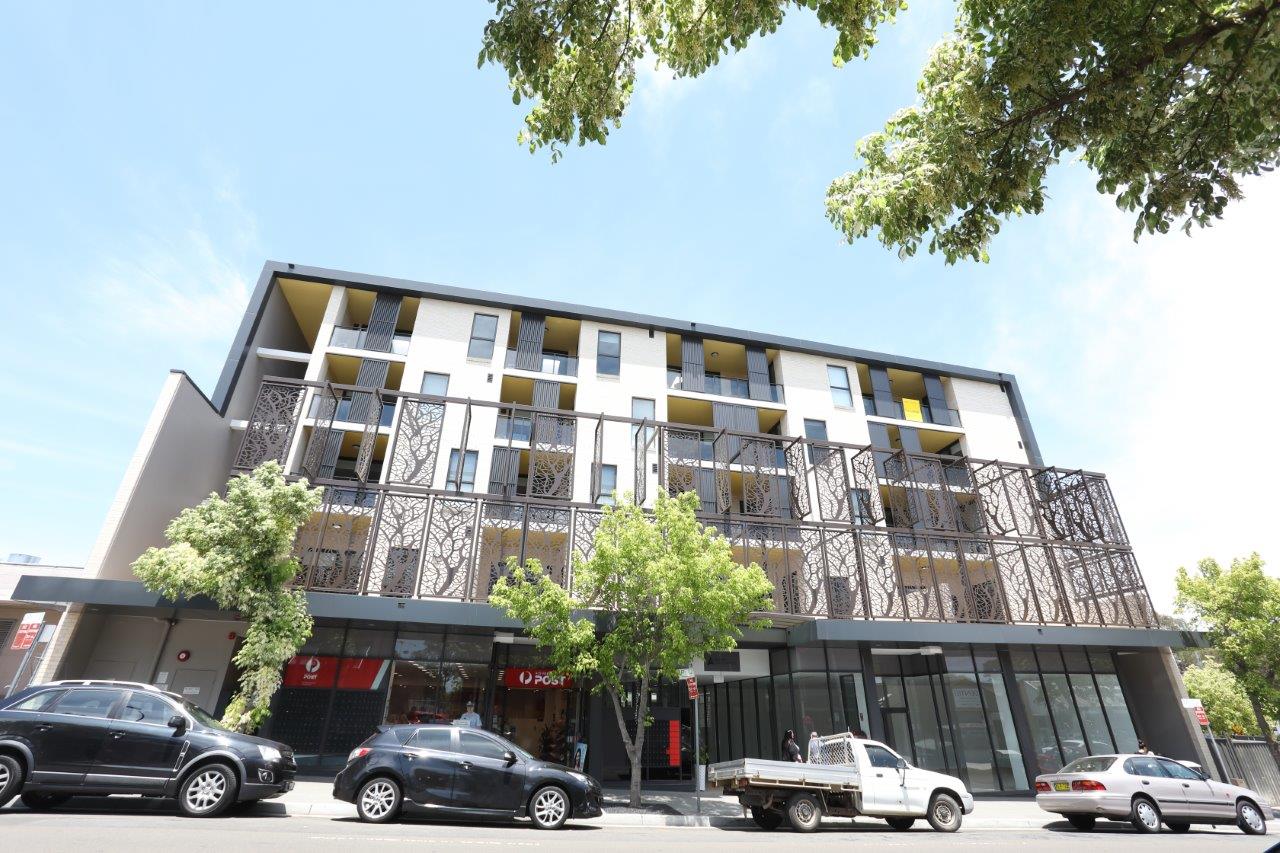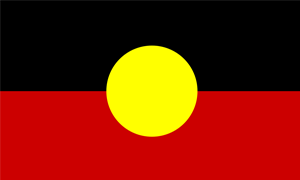Cumberland Council was proclaimed on 12 May 2016, resulting from the merger of parts of the southern portion of Auburn City Council, the Woodville Ward of Parramatta City Council, Granville (south of the Western Railway Line) and Holroyd excluding most of Mays Hill. Cumberland Council is headed by General Manager, Peter Fitzgerald.
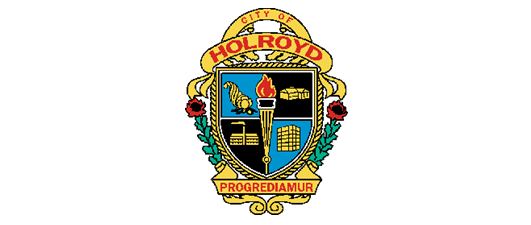
The first of the former local government areas to be established was Holroyd which began as the Municipal District of Prospect and Sherwood on 9 July 1872. The Council’s name was changed to Holroyd Municipal Council on 11 January 1927, in honour of the Council’s first Mayor, Arthur Todd Holroyd. Holroyd Municipality was granted city status on 1 January 1991.

Woodville Ward was originally part of Granville Borough Council which was proclaimed on 20 January 1885 with John Nobbs elected as the Council’s first Mayor. When the Municipalities Act took effect in 1907 it became Granville Municipal Council until the end of 1948. From 1 January 1949, Granville was integrated into Parramatta Council.

Auburn Borough Council was proclaimed on 19 February 1892 with George Wright as the first Mayor. In 1906, the Silverwater area was added to Auburn Council as a fourth Ward called Newington and then in 1907 the Council became a Municipality as a result of the NSW Municipalities Act. From 1 January 1949, the neighbouring Lidcombe Council was absorbed into Auburn Municipality as a result of statewide council mergers. Under the terms of the 1993 Local Government Act, Auburn Municipality was reclassified as Auburn Council on 1 July 1993. Auburn became a City Council on 24 June 2009.
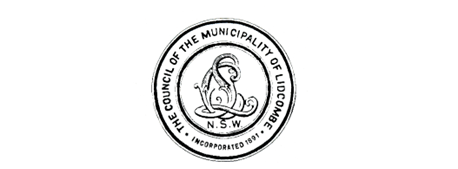
Lidcombe Municipality was proclaimed on 10 December 1891 as Rookwood Borough Council. Alderman Richard (Dick) Slee became Rookwood’s first Mayor. As early as 1898, the Council sought to change its name to dissociate the Rookwood Township from the adjacent Rookwood Necropolis. The Council changed its name to Lidcombe (after Mayors Frederick Lidbury and Henry Larcombe) on 22 October 1913 and remained as Lidcombe Municipality until 31 December 1948.

The first council elections following the amalgamation were held in September 2017 and Cumberland residents elected 15 Councillors - three Councillors from each of the five Wards. Councillor Greg Cummings (Greystanes Ward) became the first Mayor of Cumberland and Councillor Steve Christou (Granville Ward) served as Mayor from 2019 to 2021. The Council attained City status in 2020.
On 16 June 2018, a ceremony was held between Cumberland and Parramatta Councils. The ceremony transferred the Mayoral Chains of the former Borough of Granville from safekeeping by the City of Parramatta to Cumberland Council.
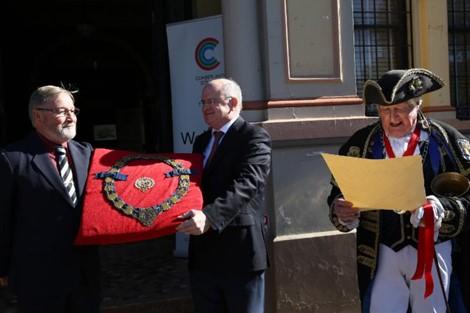
In 2020, the Granville Centre opened at 1 Memorial Drive, with artwork from Darug woman Leanne Tobin. The new centre incorporated a library, art gallery, public pool, meeting spaces, creative suite and A/V studios.
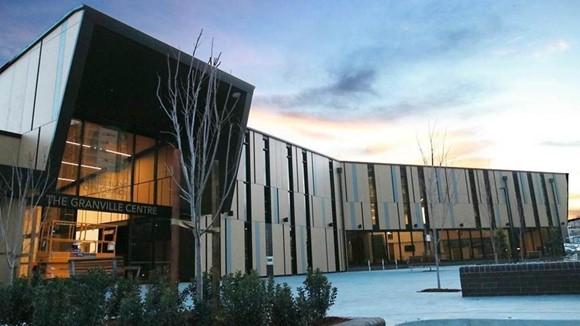
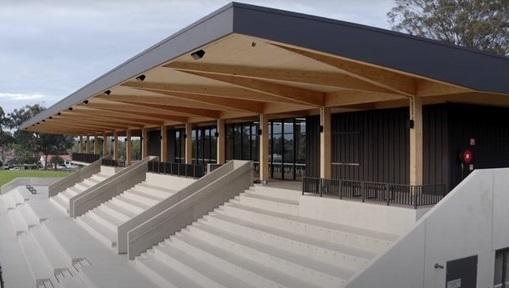
In August 2023, the Merrylands Civic Square was officially opened, where this project is the more recent public space development in Cumberland City Council. This open space includes civic events space, cafes, restaurants and sitting areas. This Square will be a meeting place for the community and as many other open spaces around Council, this will also bare a Darug name “Dyin Ngurra” [D-yin Na-gur-ra] meaning Women’s Place.
